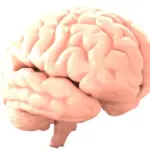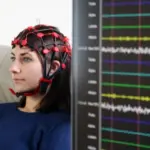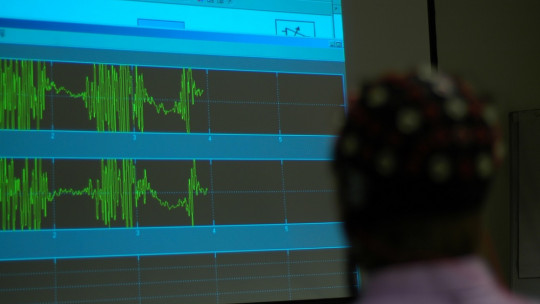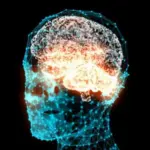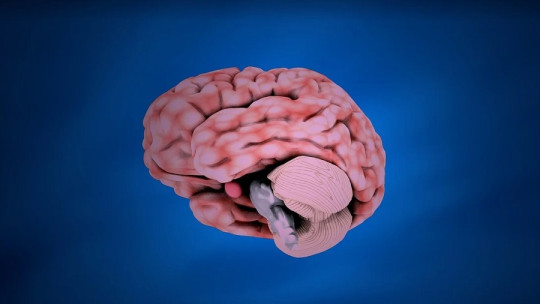
Excess anxiety and anxiety-type disorders make up one of the most common mental health problems in our society, a form of discomfort that affects people of all conditions, regardless of their age or social and economic status.
The fact that psychopathologies related to anxiety are so widespread today and more and more people are suffering from them, especially young people and adolescents, has increased the demand for effective treatments for anxiety. Fortunately, in recent decades, especially effective forms of psychological intervention have been consolidated to combat them, such as neurofeedback, regularly used for disorders such as generalized anxiety, obsessive-compulsive disorder or phobias.
In today’s article We will see what neurofeedback is and how this intervention modality works to treat cases of anxiety effectively.
What is neurofeedback?
With the advancement of neuroscience, psychology and health professionals in general have managed to better understand the neurological processes on which anxiety is based; That is, the activation patterns of certain networks and neurons distributed throughout the nervous system, especially in the brain.
By knowing these brain processes and functions in people affected by anxiety, we can identify the physical and biological origin of it and discover which areas of the brain function in a dysfunctional manner.
In this regard, one of the most used therapies to achieve this is neurofeedback, a non-invasive brain training technique that is based on feedback from brain activity from each person.
Neurofeedback allows psychology and psychiatry professionals to understand the neural patterns of people with anxiety through the use of real-time neuroimaging technologies, and the subsequent evaluation of brain activity and these patterns using a monitor.
These brain patterns are captured through sensors that are placed on the person’s scalp and earlobe, which functions as a baseline reference level for the study of brain activity. The procedure is painless and does not involve piercing the skin.
Once these neurological dynamics are known, the professional offers feedback to the patient about which areas of your brain have increased neural activity or have developed unusual activity and dysfunctional, which generates anxiety in the body.
The main objective of neurofeedback is to teach the person what dysfunctional dynamics in their brain must change and help them implement new functional and anxiety-free brain patterns, through training in various relaxation techniques.
This is achieved with the activation of a specific signal when the treated person achieves normal levels of brain activity always observing the patient’s brain activity through the monitor associated with neuroimaging software.
This normal level of brain activity is achieved by reducing dysfunctional neuronal waves and patterns and enhancing those waves related to states of calm and relaxation.
Neurofeedback as a treatment for anxiety
Neurofeedback has been recognized for several decades as one of the therapeutic strategies most used by professionals to help treat symptoms or cases of anxiety, regardless of the magnitude and severity they may be.
Thanks to scientific research through neuroscience, therapists have known for years that people with anxiety have brain overactivation, specifically fast beta waves, which are those related to states of restlessness, alertness or fear.
Secondly, by observing the EEG results we can see that anxiety is also related to a reduction in functionality in two very specific brain areas: the dorsolateral prefrontal cortex and the anterior cingulate.
In addition to that, the cognitive functions that are usually affected due to anxiety or the symptoms associated with it are the development of attentional tasks, that is, attention, problem management, memory and mood. rest of neural networks.
But the important thing about neurofeedback is the way in which it allows the patient to learn in real time about what they are eating or, on the contrary, helps to mitigate anxiety. For example, certain breathing patterns, a certain way of evoking memories, etc. It offers a self-training context in emotional management based on the constant evaluation of its results second by second.
For all these reasons, neurofeedback It serves in cases of anxiety to enhance the activity of alpha or relaxation brain waves and also theta waves, which are those that correlate with lower anxiety symptoms in people.
The practice of neurofeedback has shown that people with anxiety problems, as well as insomnia, restlessness, excessive activation, stress, lack of concentration or problems at work saw their quality of life improved and these symptoms decreased thanks to neurofeedback.

